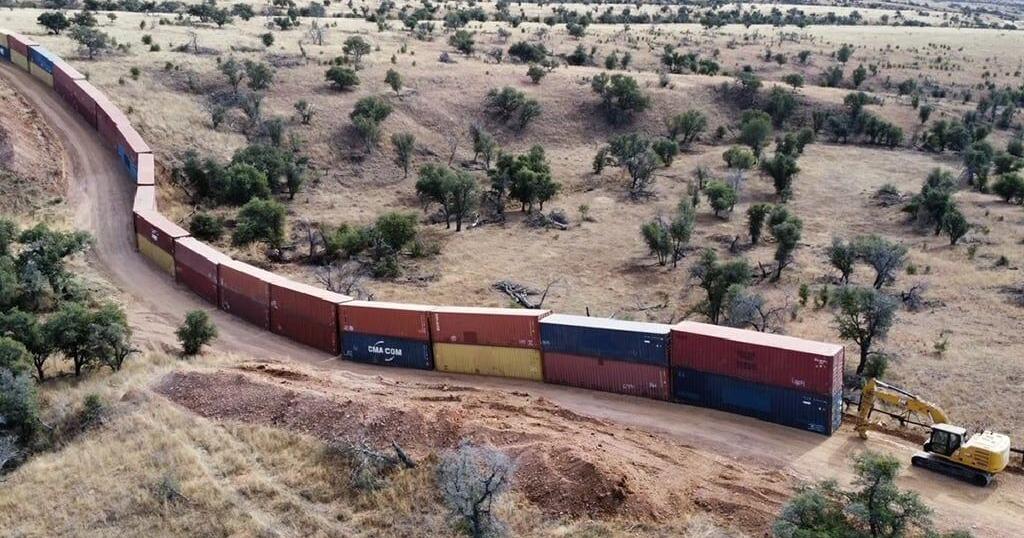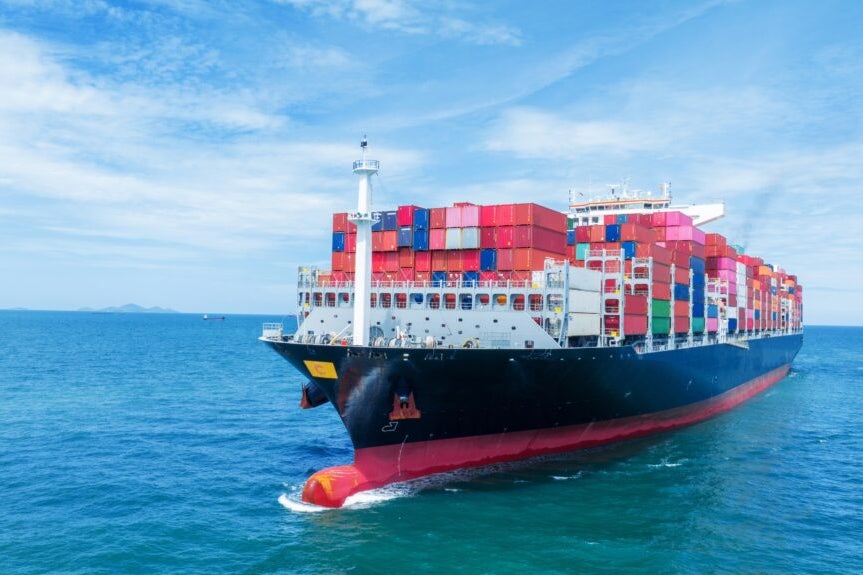News
Gov. wants reimbursement for border costs

# Fell on the fence? Arizona seeks reimbursement for border costs
Unprecedented Border Costs: Arizona Asks for Federal Reimbursement
Picture this: A state footing a massive bill for border security, all while fighting for recompense. Arizona finds itself in the middle of a bitter dispute with Washington, as it demands to be reimbursed for millions spent on securing its border. This isn’t just about money—it’s a tale of states’ rights, federal responsibilities, and the ongoing immigration debate.
What’s Happening?
Arizona’s Governor, Katie Hobbs, is seeking nearly $760 million in federal reimbursement for border security costs incurred since 2021. This includes funds spent by her predecessor, Doug Ducey. The move highlights the state’s struggle to manage border issues amid federal inaction.
Where Is It Happening?
The situation is centered in Arizona, with the state’s border with Mexico serving as the primary focus.
When Did It Take Place?
The costs were incurred over the past three years, with the reimbursement request being made recently by Governor Hobbs.
How Is It Unfolding?
– Governor Hobbs argues that border security is a federal responsibility, and Arizona has had to step in due to federal negligence.
– The requested reimbursement covers costs related to National Guard deployment, law enforcement efforts, and migrant assistance
– The move is seen as both a political stance against former Governor Ducey’s border policies and a pushback against the federal government’s handling of immigration
– The request has ignited a debate about states’ rights and federal obligations in border management
Quick Breakdown
– Arizona seeks reimbursement for nearly $760 million in border security costs
– Funds were spent between 2021 and 2023, under former Governor Doug Ducey and current Governor Katie Hobbs
– Costs include National Guard deployment, law enforcement efforts, and migrant assistance
– Request highlights ongoing dispute between state and federal governments over border management and immigration policies
Key Takeaways
This situation underscores the complex dynamics of border management in the U.S. It’s a clashing of interests, where states often bear the brunt of border-related issues while the federal government sets the policies. Arizona’s reimbursement request is a clear message that states need support and the buck is being passed on to local governnents. The outcome of this dispute could set a precedent for how border security costs are handled in the future.
Border security is not a state issue; it’s a federal responsibility. By asking for reimbursement, Arizona is implicitly acknowledging that it’s not equipped to handle this alone.
–Miguel Rodriguez, Immigration Policy Analyst
Final Thought
Arizona’s move for federal reimbursement is more than a financial request—it’s a call for shared responsibility and commitment. Effective border management cannot succed with a fragmented approach. It demands collaboration and resources shared between states and the federal government. As this dispute unfolds, it will serve as a critical test of how different levels of government can—and should—work together to address pressing national issues. The outcome may shape future policies and allocations, emphasizing the need for unity in handling modern day immigration challenges.

















